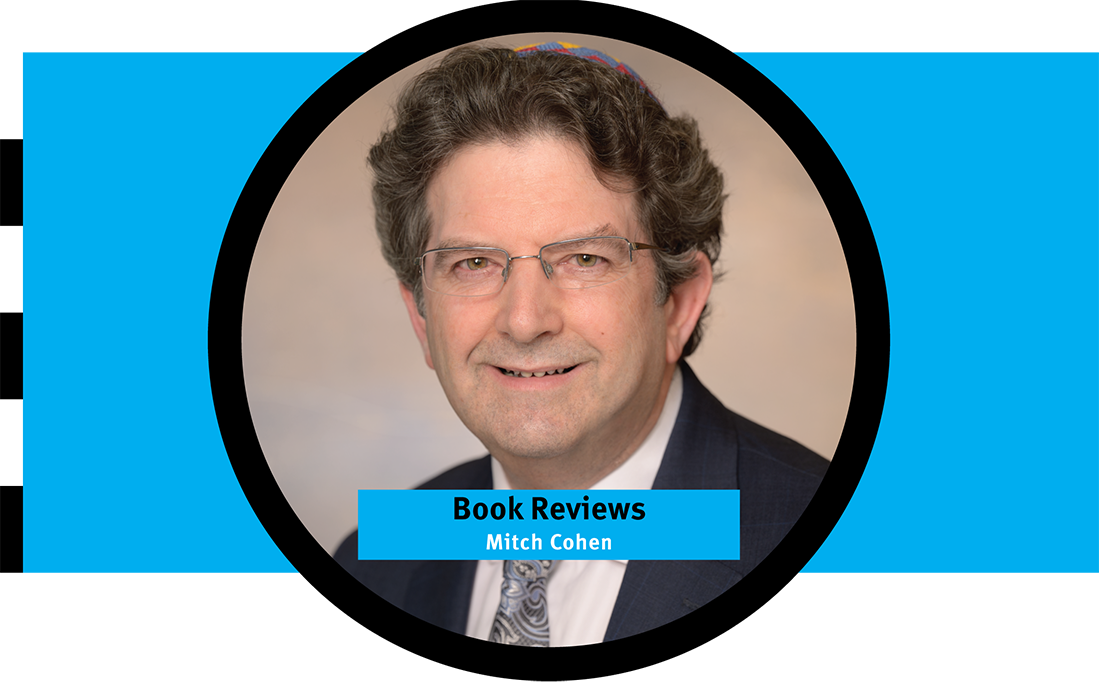“If Love Could Kill: The Myths and Truths of Women Who Commit Violence”
By Anna Motz
Author Anna Motz poured thirty years of her work as a forensic psychologist into her book “If Love Could Kill: The Myths and Truths of Women Who Commit Violence.” She documented ten of her cases with women in prisons and mental institutions who committed some of the worst violent crimes. Motz told a detective story of the mind. With forensic psychotherapy, the goal was to help her patients uncover the root of their criminal behavior. Motz explained that when she started working in the UK thirty years ago, forensic psychotherapy was considered a radical experimental approach. Psychiatrists in prisons were using cognitive behavioral therapy based on rewards and consequences. By using forensic psychotherapy, Motz hoped that she could help her patients solve the mystery of the underlying causes of their behavior. With this knowledge, patients might gain control over what drove them to commit their crimes and develop strategies that would allow them to reenter society.
At the heart of the book were the relationships between Motz and her patients. Each chapter introduced us to a new patient with a new set of challenges. Motz took us along with her into places like HMP Belmarsh, which she called “one of the UK’s most notorious maximum-security prisons.” Motz explained each case in a procedural manner. Her descriptions were step-by-step and easy to follow. She let the shocking facts speak for themselves. She mixed in commentary along the way, but she mostly saved her commentary for the final chapter, titled “Conclusion,” where she let it all out.
For thirty years, she absorbed the emotions of over one hundred violent patients. Forensic psychotherapy requires a close relationship to form between therapist and patient. Successful therapy needs something called “transference,” where the patient transfers her feelings to the therapist. Motz said her career “encompassed the full spectrum of female violence: women who have harmed themselves, their children, or their partners, and a few who, while experiencing delusions, have attacked total strangers.” The process of writing this book must have been therapy for the author, so she could let go of some of the emotions she had taken in during her career. She changed some of the details so it would be difficult to identify her patients. She expressed that the toughest patients for her were the women who committed crimes against their children. She talked about how difficult it was when she went home to her own children after intense therapy sessions.
There is a Jewish connection to the book. Motz’s grandmother was a Holocaust survivor, and her mother lived under Nazi rule in Vienna. She analyzed her childhood in NYC, attributing some of her worst memories to her mother’s “survival guilt,” including one surprising revelation that I had to read twice to make sure I read it correctly. Her family’s history shaped how she viewed her patients. She painted a scene where the staff of a mental hospital “spun” her patient’s room looking for razor blades. The patient’s world was shattered when her few cherished possessions that gave her a sense of security were scattered everywhere around the room. Motz related this to what it must have felt like for her mother when the Nazis arrived at the door of her childhood home in Vienna during Kristallnacht in 1938.
Motz showed an incredible amount of compassion for her patients, including the patient who had her room spun. She was able to separate the person from the crime. She encouraged society to look deeper than just seeing the woman who committed a horrible crime as evil. There were plenty of obstacles she had to endure just to start a conversation. There were also plenty of obstacles caused by the institutions themselves. I remember she wrote the term “brick mother,” which was coined by psychiatrist Henri Rey, referring to the fact that the prison or mental hospital became like a mother providing the type of security the patient never experienced in childhood.
The author commented on how judges and society have stereotypes of women who commit violent crimes, particularly mothers. She talked about a society that “cannot bear the truth of women’s agency and complexity, choosing instead to idealize and then vilify women, casting out those who are violent as pariahs rather than recognizing the complex reality of their situations and offering support.” She pointed out the importance of identifying common threads to help prevent future violent acts. One common thread was that almost all of the women in the book were victims of sexual violence or other forms of abuse. She gave her advice on ways to reform the systems in the US and UK. She also commented on the impact that overturning Roe v. Wade has had on women’s mental health in and out of prisons.
I recommend this book, but it’s not for everyone. The stories of the crimes the women committed were tough to handle, but I only had to handle them for the three days it took me to finish the book. Motz had to handle them for thirty years! In one of the cases, Motz described how a woman harmed herself, and I had to look up a word that I never heard of to see what she was describing. It opened up a world that I think was important for me to see. I was fascinated with the mysteries that forensic psychotherapy uncovered and the dynamics of how Motz was able to build relationships with her patients in the most difficult of circumstances.




